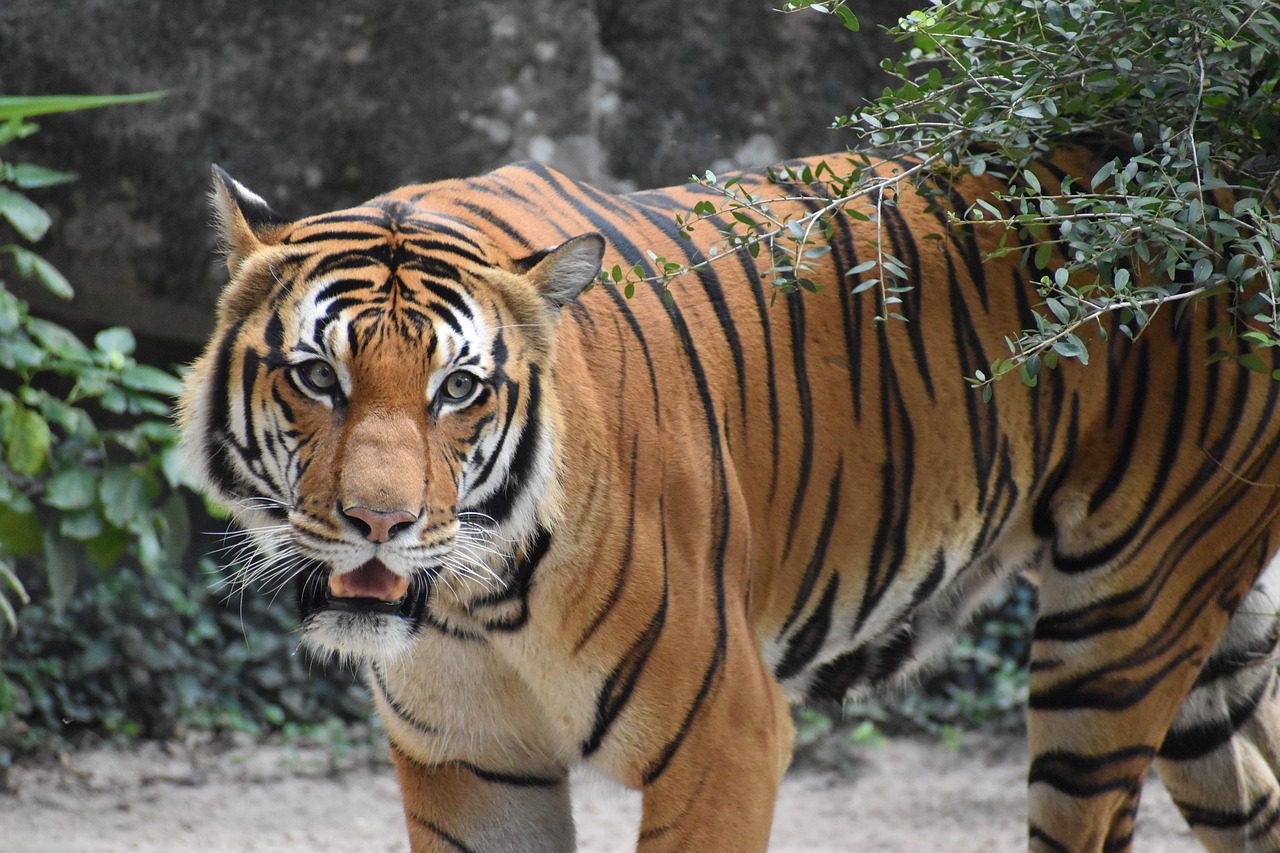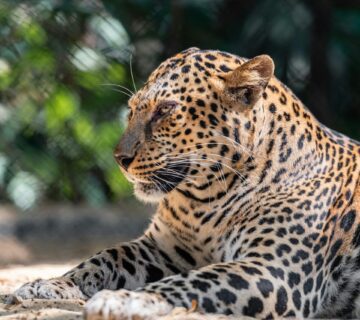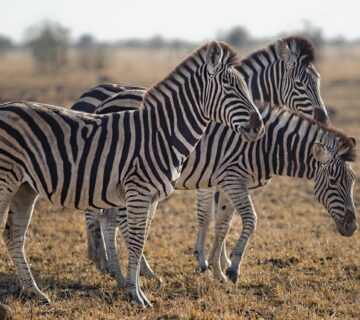What Wildlife Poses the Biggest Danger?
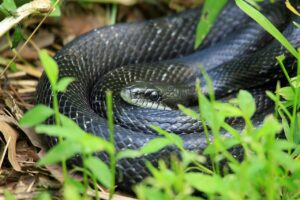
In the wild, there’s an undeniable beauty in nature’s raw power. From towering mountains to vast savannas and dense forests, wildlife exhibits both elegance and danger. Some animals may captivate us with their grace and mystery, but beneath their surface lies a lethal force that has shaped the course of evolution for millions of years. The question of which wildlife poses the biggest danger is not only about the most lethal animals but also those with the greatest ability to change human lives through their sheer power, agility, or venom.
When we think of dangerous animals, we often imagine the ferocious lions, stealthy crocodiles, or venomous snakes. However, the truth is that the most dangerous creatures in the world might not always be what we expect. Some are famous for their ferocity, while others are less obvious but still incredibly deadly.
In this post, we will explore which wildlife poses the biggest danger, examining factors such as lethality, unpredictability, and the threat they present to human life. Understanding these animals is not about instilling fear but gaining respect for the natural world. Let’s dive in.
1. The King of the Jungle: Lions
Lions are often seen as the ultimate predators of the animal kingdom, ruling over the African savannas. Their sheer size and strength, combined with their social structure, make them one of the most fearsome predators on the planet. Lions are capable of taking down large prey, from wildebeests to buffaloes, with incredible teamwork. However, it’s their unpredictable nature and ability to hunt in packs that make them dangerous.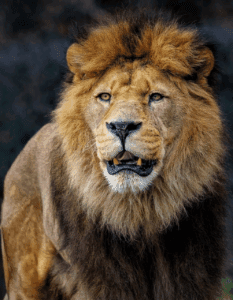
Though attacks on humans are relatively rare, lions can and do pose a significant threat when they feel threatened or are provoked. In areas where humans and lions coexist, encounters can lead to tragic outcomes. It’s important to remember that lions attack when they sense danger, whether it’s protecting their pride or when they feel cornered.
2. The Silent Killer: Mosquitoes
While it may seem odd to consider a mosquito as one of the most dangerous creatures in the world, its impact on human life is undeniable. The mosquito is the deadliest animal on Earth, not because of its size or strength, but because of the diseases it spreads. Malaria, dengue fever, Zika virus, and yellow fever are just a few of the fatal illnesses transmitted by mosquitoes.
In fact, millions of people lose their lives each year due to mosquito-borne diseases. These tiny insects thrive in tropical and subtropical regions, and their ability to carry and transmit such deadly diseases makes them the number one cause of death among humans globally. Though mosquitoes might not pose an immediate physical threat, their far-reaching influence and high mortality rate make them a constant danger.
3. The Fearsome Crocodile
Crocodiles, with their ancient, reptilian form and raw power, strike fear into anyone who crosses their path. Found in rivers, lakes, and marshes around the world, crocodiles are apex predators capable of taking down almost any animal. Their immense strength, speed, and razor-sharp teeth are just a few of the weapons that make them so deadly.
The Nile crocodile and the saltwater crocodile are two of the most dangerous species. Saltwater crocodiles, for instance, can grow to over 7 meters in length and weigh more than a ton, making them capable of attacking almost anything in their vicinity, including humans. What makes crocodiles particularly deadly is their ambush technique 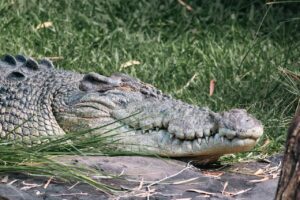 they can sit motionless in the water, waiting for their prey to come too close before launching a lightning-fast attack.
they can sit motionless in the water, waiting for their prey to come too close before launching a lightning-fast attack.
Crocodile attacks on humans are sadly frequent in areas where human settlements overlap with crocodile habitats. These attacks often result in fatal injuries due to the sheer force and efficiency of the crocodile’s strike.
4. The Striking Python
Snakes, particularly pythons and venomous species, are a significant source of danger in the wild. However, not all snakes are venomous, and the ones that are can be equally deadly. Among the largest snakes in the world, the reticulated python holds the title for being one of the most formidable.
Pythons are constrictors, and their method of killing is far from subtle. They wrap around their prey and squeeze until the animal suffocates. Though not venomous, their immense size and strength allow them to overpower even large animals, including deer and sometimes humans. Reticulated pythons can grow up to 10 meters long, and their attacks on humans have been reported in Southeast Asia. While these attacks are rare, they can be fatal, especially in areas where humans live close to forests and jungles.
5. The Unseen Dangers: Box Jellyfish
Box jellyfish, despite their delicate and almost ethereal appearance, are among the deadliest creatures in the ocean. Their tentacles contain venom that is powerful enough to stun, paralyze, and even kill. Found primarily in the waters of the Indo-Pacific region, including northern Australia, box jellyfish are an aquatic nightmare for those who swim in their territory.
The venom of a box jellyfish can cause heart failure in a matter of minutes, making its sting incredibly dangerous. Symptoms of a sting include excruciating pain, paralysis, and in some cases, death. It is not unusual for these jellyfish to drift near beaches, posing a risk to unsuspecting swimmers. While jellyfish stings are often treatable, a sting from a box jellyfish requires immediate medical attention, as the venom acts quickly to incapacitate its victim.
6. The Swift Leopard
Leopards are known for their incredible speed, agility, and stealth, making them one of the most dangerous predators on the planet. Found in both Africa and Asia, these big cats are solitary hunters with an ability to silently stalk their prey through thick vegetation. Their strength and speed allow them to take down animals much larger than themselves, including antelope and even monkeys.
Though attacks on humans are not as common as with lions or tigers, leopards do pose a significant danger. They are opportunistic hunters and will sometimes venture into human settlements in search of food. Leopards are particularly dangerous because they tend to attack swiftly and without warning. A well-placed strike to the neck or head can incapacitate an unsuspecting human in a matter of seconds.
7. The Mighty Elephant
Elephants, often revered for their intelligence and social structures, are also one of the most powerful animals in the world. Despite their peaceful nature, they can become aggressive, particularly when threatened or during mating season. An elephant’s sheer size, strength, and tusks make it a formidable opponent in the wild.
Though attacks on humans are relatively rare, they do happen, especially in areas where humans encroach on elephant habitats. In such cases, an elephant can become agitated and charge, causing severe damage or even death. Male elephants in musth (a period of heightened testosterone) can be particularly dangerous, as their aggression and territorial behavior peak during this time.
8. The Poisonous Frog: Golden Poison Dart Frog
At first glance, the golden poison dart frog may seem harmless due to its bright color and small size. However, this tiny amphibian is one of the most poisonous animals in the world. Native to the rainforests of Colombia, the golden poison dart frog contains batrachotoxin, a potent neurotoxin that can cause paralysis and death in small doses. The frog’s vibrant yellow skin acts as a warning to predators, signaling that it is toxic.
Despite its diminutive size, the golden poison dart frog is an example of how nature has created lethal defenses for survival. Its venom is so potent that it only takes a small amount to kill a human, although encounters with this frog are rare due to its remote habitat. In fact, indigenous people have historically used the frog’s toxin to poison their darts for hunting, hence the name.
9. The Deadly Cape Buffalo
The Cape buffalo, often considered one of the most dangerous animals in Africa, is responsible for more deaths than any other large animal on the continent. While these animals may appear docile and unassuming, they are highly unpredictable and territorial. A single buffalo can weigh over a ton and has horns that are capable of delivering a fatal blow.
In the wild, Cape buffaloes are known to attack without provocation when they feel threatened. They are especially dangerous to hunters and safari tourists who inadvertently get too close. What makes them particularly deadly is their ability to charge at incredible speed, with the intent to kill. Their aggressive nature and herd mentality make them even more dangerous when they are protecting their young.
Conclusion
In the wild, danger can take many forms whether it’s the silent buzz of a mosquito or the lightning speed of a crocodile’s strike. While many of these animals pose a significant threat to human life, it’s crucial to remember that they are simply following their instincts to survive. As humans, we must respect the natural world and understand that danger often arises from our own intrusion into these creatures’ habitats.
Rather than living in fear of these magnificent creatures, we should approach them with admiration and a sense of responsibility. By learning about the wildlife around us, we can coexist more safely and sustainably with the natural world. Ultimately, the most dangerous animals are those that we fail to understand, so the key to safety lies in respect, knowledge, and awareness.

